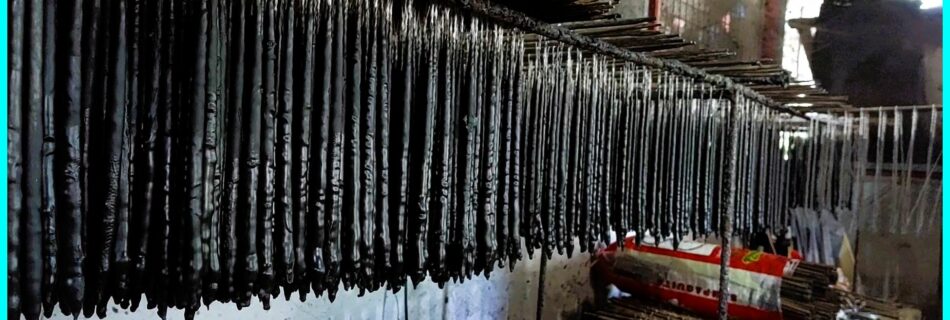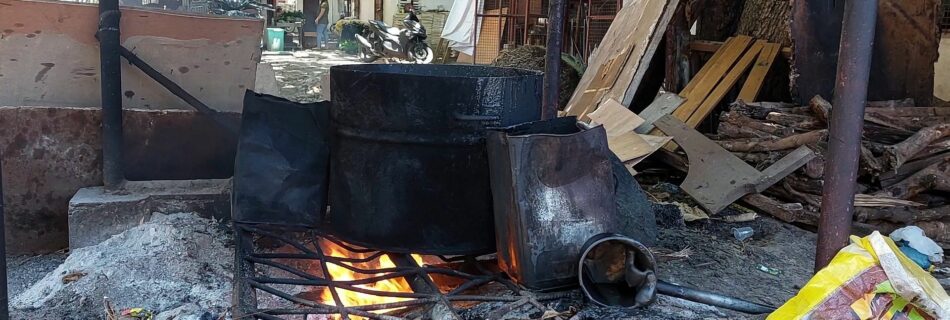Photo of the Day for January 23, 2024 – Black candles made from recycled wax in Sibulan
Nestled in the heart of Sibulan, Negros Oriental, the unassuming San Antonio de Padua Church beckons visitors to this tranquil municipality. Positioned around two kilometers north of Dumaguete Airport, Sibulan embodies Spanish influences, evident in its layout where the Municipal Hall, parks, churches, schools, and trading centers coexist harmoniously. Constructed in 1953, the bell-gabled San Antonio de Padua Church showcases a simplistic yet charming Romanesque architecture. Unlike traditional churches with towering spires, this structure features a unique design with bells adorning the upper end of its stone wall. The facade exhibits small hollow semi-circular arches, adorned with a glass-encased statue of San Antonio de Padua. The church stands out with its floral ventilation design, multiple windows, and a distinctive main door. This architectural departure from the Baroque-Rococo style seen in many Philippine churches adds to the uniqueness of San Antonio de Padua Church. Anthony of Padua, the church’s namesake, was a Portuguese Catholic priest and friar of the Franciscan Order. Born into wealth in Lisbon, he eventually became renowned for his forceful preaching and expert knowledge of scripture. Canonized as the second-fastest saint and proclaimed a Doctor of the Church on January 16, 1946, Anthony of Padua left a lasting legacy. Facing the San Antonio de Padua Church is the town’s park, a central hub that houses essential facilities such as the police station, Sibulan Central School, a covered auditorium, and the United Church of Christ in the Philippines (UCCP). To the west lies Sibulan’s bustling public market, offering an array of fresh produce and goods. Also referred to as Sibulan Church, San Antonio de Padua Church assumes a cross-like formation when viewed from above. Regular masses are held in the morning and afternoon, with multiple schedules available on Sundays. Beyond its religious significance, the church stands as a testament to Sibulan’s unique architectural and historical identity.


